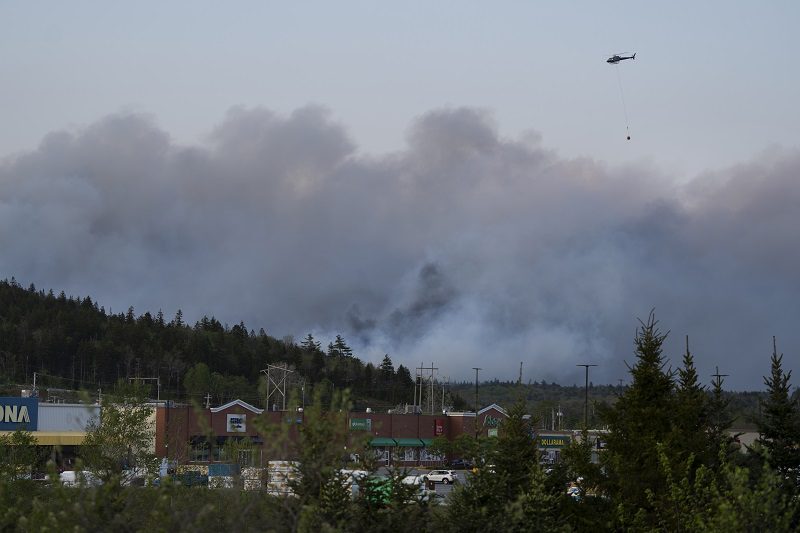How much Intact paid in second quarter Cat losses

Intact Financial Corporation saw an estimated $335 million in catastrophe losses in Canada for the second quarter of 2023, the insurer revealed in a release.
Comparatively, the company handled over a million claims and paid out over $10 billion globally in 2022, Debbie Coull-Cicchini, executive vice-president, said during an industry event last month.
By the numbers
Intact’s Canadian personal lines portfolio saw $252 million in losses while its commercial lines portfolio saw $83 million for the second quarter of 2023. All figures are on a pre-tax basis, the company said.
When factoring in its second quarter U.S. and U.K. Cat losses, the number rose to a total of $421 million.
“Our teams are working to get customers back on track amid a very active season for catastrophes – a reminder of the growing impact of climate change on both forest fires and severe weather events,” CEO Charles Brindamour said in a release.
Nearly half of the losses in Canada were due to wildfires, with the greatest financial impact coming from Atlantic Canada.
Other notable losses included an ice storm and a flood in Quebec earlier in the spring, Intact noted.
For reference, Nova Scotia’s Tantallon wildfire is estimated to have caused more than $165 million in insured damage for Canadian insurers as a whole, according to initial estimates from Catastrophe Indices and Quantification Inc. (CatIQ).
Nearly 90% of all claims related to the Nova Scotia wildfire were personal property claims, CatIQ reported.
Resilience needed
For Coull-Cicchini, the increasing frequency and severity of weather events highlights the need for consumer resiliency.
“Last year, we handled more than a million claims, and we unfortunately paid out $10 billion,” Coull-Cicchini said during the Insurance Brokers Association of B.C. (IBABC) Leaders’ Conference in Whistler, B.C., this June.
In Canada, the company helped customers with 4,500 claims related to Hurricane Fiona.
“Weather patterns have changed dramatically over the last 30 years. Natural disasters now are four times more costly, frequent and intense than they’ve ever been,” she said.
“When it comes to building [resilience] climate is a top priority because we’ve seen the impact of climate change with consumers. You see it every day in claims, you see it when a storm happens upon us; Fiona in Atlantic Canada, the massive floods in B.C. last year, the wildfires.”
But when it comes to who should be building resiliency in communities, most agree that insurers play a big role.
Over seven out of 10 consumers believe their current insurance providers should be involved in playing a role in building resilient communities against climate change, a recent survey by Intact and Ipsos found.
And nine out of 10 brokers believe that the insurers for which they place business should be involved in building resilience, Coull-Cicchini added.
Feature image: A helicopter carrying water flies over heavy smoke from an out-of-control fire in a suburban community outside of Halifax that spread quickly, engulfing multiple homes and forcing the evacuation of local residents on Sunday May 28, 2023. THE CANADIAN PRESS/Darren Calabrese



